For the almost 200 participants in the ZLV conference this past September 14th and 15th in Kempten, the conference programme packed with outstanding content began with a strong focus on the issue of sustainability following a welcome greeting by the two hosts Prof. Dr. Markus Prem from the University of Applied Sciences Kempten Packaging Technology faculty, and Lothar Zapf from the “Zentrum für Lebensmittel- und Verpackungstechnologie e. V.”.
By Dr. Jörg Häseler
This topic was threaded throughout the entire conference, which was organised by BASF, Flexlink and the Multivac Group as additional partners. The first presentation came from Prof. Dr. Peter Eisner from the Fraunhofer Institute for Process Engineering and Packaging IVV under the title “Living from Nature – Sustainable Value Added Models for Food Production”. The solution approaches he presented included promoting the fruit of the grugru palm as an alternative to classic palm oil.
“Functionality and Sustainability Go Together” was the title of the presentation by Stefan Scheibel, Vice President of Corporate Sales & Marketing at Multivac Sepp Haggenmüller SE & Co. KG. He demonstrated how the demands of the future can be met with sophisticated packaging concepts and modern mechanical engineering. One decisive step in this process is the establishment of digital features as an integral component of sustainable packaging solutions. He cited the example of “R-Cycle”, a digital product passport for plastics that makes it possible to design standardised data exchange across the entire value chain and beyond the company’s borders. He asserted, “Sustainability must be thought through comprehensively”. Each one of the packaging concepts from the sustainability portfolio corresponds with at least one of the main priorities, namely “reduce, recycle, renew”.
Creapaper GmbH Managing Partner and CEO Uwe D'Agnone reported on new developments in grasspaper that have direct contact with food products. It was impressive to see the materials that can be obtained from sweet grasses, whereby the current share is a maximum of 50%. The benefits are obvious: Among other things, grasspaper only contains 5% lignin, it can be processed without chemical additives since only mechanical pulping is required, and it therefore saves a great deal of water and energy. However, with all the hopes for the product’s success, it still remains to be seen whether sufficient sweet grasses are available. At present the company is involved in McDonald's wrapping paper and in packaging at Lindt.
Jörg Dörrstein, Research & Development Director at Biofibre GmbH, is backing natural fibre reinforced bioplastic compounds for the packaging industry. The company concentrates on the material use of renewable raw materials, while placing special focus on ensuring that the raw materials used do not stand in competition with the production of food products. Biofibre has developed a natural fibre reinforced granulate suitable for injection moulding, extrusion or blow moulding, so the company relies heavily on wood, straw and other raw materials containing cellulose.
John Stead, Sales Area Manager at FlexLink Systems GmbH, reported on a technology that is currently not very widespread in Germany. He showed how using collaborative robots for palletising can simplify the sequences of the packing process. Work safety nevertheless plays a major role in this automation technology. In order to be able to use this technology flexibly, one must know that the robots are designed to work safely and efficiently with humans, thereby optimising the production processes. It enables manual and repetitive packaging processes to be automated, which increases productivity and above all reduces error rates. The robots can be programmed in a simple, intuitive manner and they make it possible to adapt quickly to seasonal fluctuations or changing product requirements.
Frank Debusmann, National Sales Director at REA Elektronik GmbH, explained that the conversion brings significantly more benefits and the investment pays off. Usage makes it possible for example after scanning for the consumer to be directed to a landing page featuring additional information on the product. Manufacturers also enjoy the benefit that 2D makes it possible to implement plagiarism protection without any major effort. The greatest potential to be cited is the serialisation of the products, i.e., that only targeted individual products have to be recalled instead of entire batches or daily productions, which saves time and money. The 2D code has to be introduced anyway by 2027. This will already happen for wine in December of this year.
At the end of the first conference day, the ZLV research prize of 500 Euros was awarded to Raphael Johannes Gut. The title of the award-winning paper is “Conception of a Process for a Mechanical Engineering Company’s Measuring Equipment in Compliance with the Applicable Norms”. He completed the work at Multivac Sepp Haggenmüller SE & Co. KG under the supervision of Prof. Dr. Benno Steinweg from the University of Applied Sciences Kempten. Among the paper’s focuses are the introduction of an in-plant reference standard for the metrological traceability of all internal measuring equipment. The examination of a possible ISO-17025 accreditation and the statistical analysis of the series of measurements are to be highlighted here.
All of the participants will long remember the evening presentation by Johannes Werth dedicated to the theme, “Why FAIR Change and Care Are So Important”. The presentation included him juggling and playing an extremely unconventional drumkit made of tins and a large carton. With the presentation’s content, he fully lived up to his professional title of “Encourager”.
A visit to next year’s event will also prove rewarding, when the ZLV welcomes conference guests to Kempten once again from September 12th to 13th, 2024.









